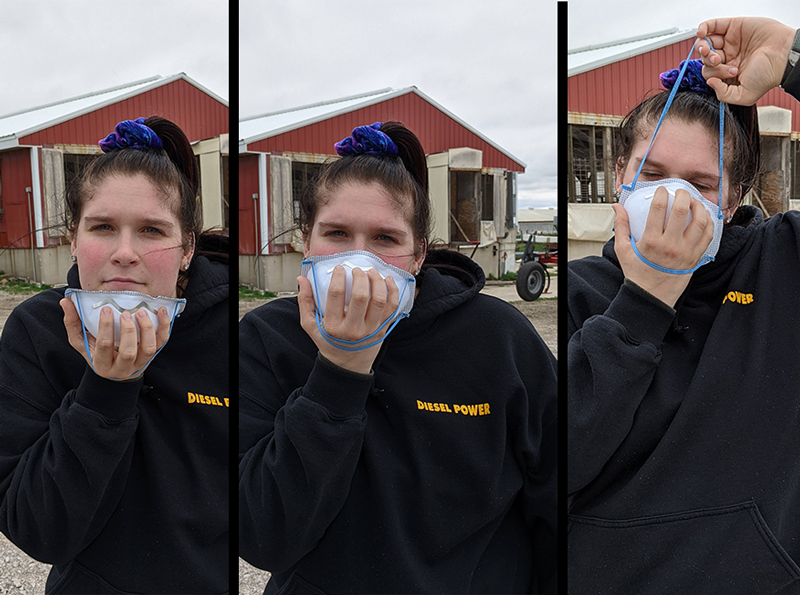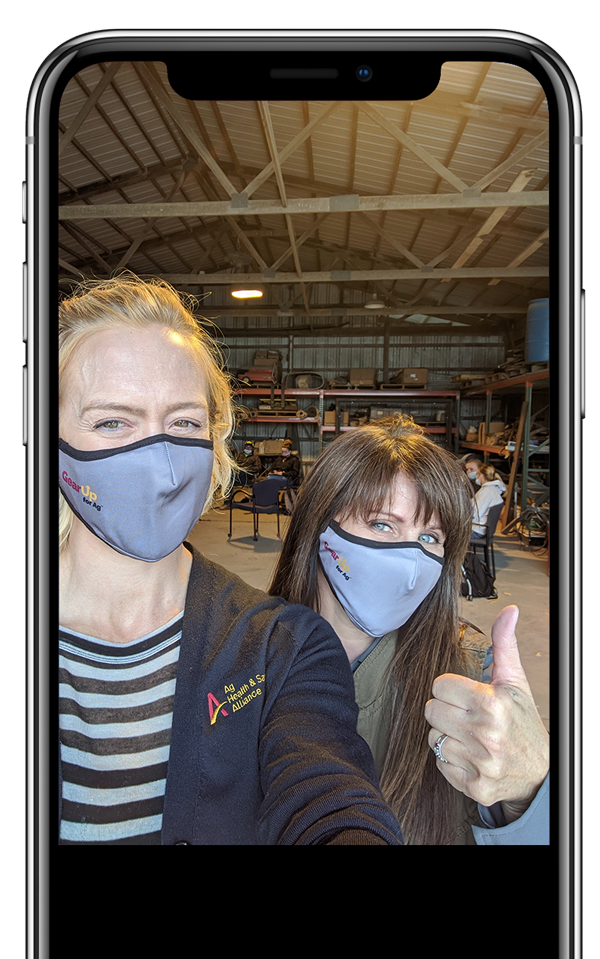What is a respirator?
In agriculture, you may encounter hazardous particles in the air while you are working. A respirator can protect you from breathing in these particles. A respirator must be certified by the National Institute for Occupational Health and Safety (NIOSH) and properly worn to protect you. This means the respirator was tested in specific laboratory conditions and has data to show that it works.
If you are interested in viewing how a respirator is tested in the NIOSH laboratory, see the video below:
Click To Open NIOSH Video
What are the most common respirators used in agriculture?
What is the Assigned Protection Factor?
An assigned protection factor (APF) helps you understand how well a respirator may protect the wearer from contaminants in the air. The APF is only true of the respirator fits the wearer and is being used properly.
An APF of 10 means no more than one-tenth of the contaminants will leak inside the mask. A protection factor of 100 means only 1 percent will leak through the mask.
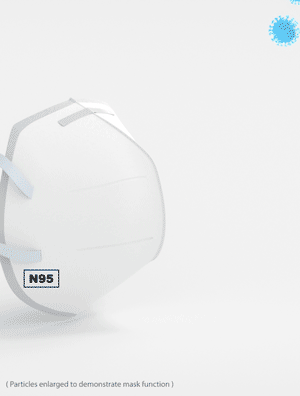
Achieve the right fit
Why is fit testing important?
Everyone has unique face sizes and shapes. Once the type of respirator needed to complete a task on the farm is determined, make sure the make and model fits the wearer’s face. If the fit is poor, hazardous particles and chemicals will enter the respirator through any leaks without being filtered. This means the wearer will be breathing the hazard even when wearing the respirator. A fit test should be conducted before an individual wears the respirator in a hazardous environment.

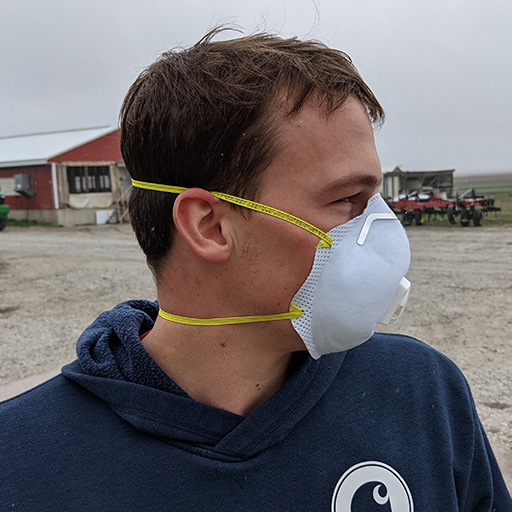
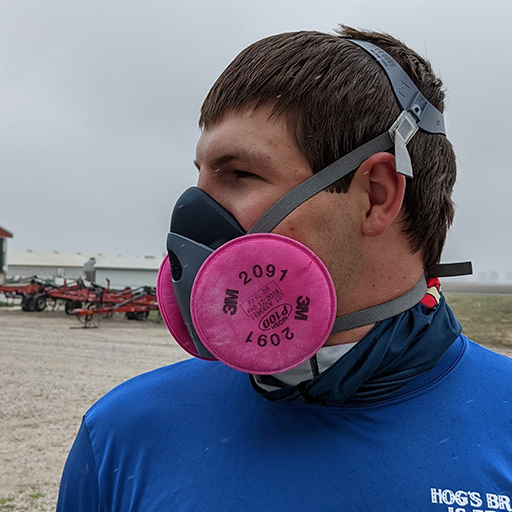
Examples of different face shapes and sizes.
Remember, a user seal check is NOT a fit test.
Don’t confuse a fit test with a user seal check.
A fit test can be qualitative or quantitative. This type of test is performed by a qualified, trained individual and is done to make sure a certified respirator is appropriate for the wearer.
Once you have identified a respirator that fits you, a “seal check” should be performed every time you put it on. A seal check is performed to make sure the respirator is properly on the face or if it needs adjusted.
How is the 2015 Worker Protection Standard relevant to respirator use?
